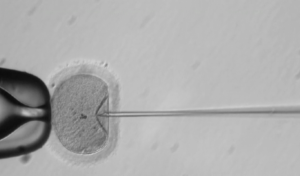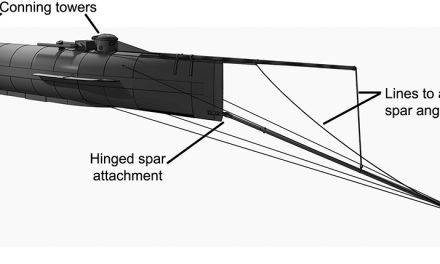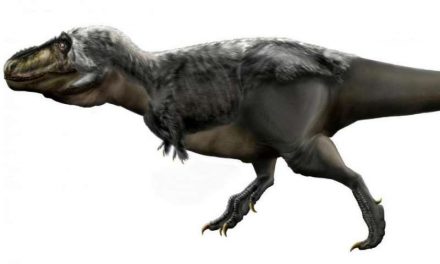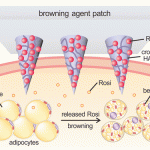 CRISPR (see the video with a simple explanation at bottom of post) has become one of the most essential tools to do genome engineering used by biologists for deleting, replacing or otherwise editing DNA. The CRISPR system utilizes a modified bacterial protein and a RNA that guides it to a specific DNA sequence with peerless control over genes in humans and many other species. Researchers in Portland Oregon led by Shoukhrat Mitalipov of Oregon Health and Science University, are the latest to announce they have shown they can favorably modify the DNA of human embryos using CRISPR. Their research recently published in the prestigious MIT Technology Review is being reported as the first known attempt at creating genetically modified human embryos in the United States.
CRISPR (see the video with a simple explanation at bottom of post) has become one of the most essential tools to do genome engineering used by biologists for deleting, replacing or otherwise editing DNA. The CRISPR system utilizes a modified bacterial protein and a RNA that guides it to a specific DNA sequence with peerless control over genes in humans and many other species. Researchers in Portland Oregon led by Shoukhrat Mitalipov of Oregon Health and Science University, are the latest to announce they have shown they can favorably modify the DNA of human embryos using CRISPR. Their research recently published in the prestigious MIT Technology Review is being reported as the first known attempt at creating genetically modified human embryos in the United States.
This news along with three previous reports of editing human embryos published by scientists in China is reigniting calls for a suspension of similar work to allow discussion on the science and ethics of human gene editing. But the criticism of the research led by Shoukhrat Mitalipov, ignores some important accomplishments as the researchers proved it is within scientists abilities now to safely and efficiently target and modify defective genes that lead to inherited diseases. Mitalipov’s team claims to have overcome earlier difficulties by the Chinese scientists who found CRISPR caused editing errors.“ Instead, the Oregon group injecting CRISPR into the eggs at the same time they were fertilized with sperm with the successful result that the desired DNA changes were taken up by all the cells of the embryo.
A wide range of critics from scientists to religious organizations are worried that genetically modified babies could get turned into the enterprise of creating genetically enhanced “designer babies”. Last year the always understated U.S. intelligence community called the use of CRISPR as a potential “weapon of mass destruction.”
Video: A Simple Explanation of How Genetic Editing Works
Transcript of Video:
0:00I just realized that if you’re watching
0:02this maybe 20-30 years in the future
0:04there is an actual chance oh you are a
0:07genetically modified human hey guys
0:14welcome to my now cinetic editing is one
0:17of the most interesting topics in
0:19science right now and it’s led to
0:21revolutionize the way we do everything
0:24in the future but more on that later
0:26first how does genetic editing actually
0:29work
0:30genetic editing is carried out using
0:32CRISPR catheline technology CRISPR
0:35stands for collected regularly
0:38interspaced short palindromic recode
0:41listen the system notes first found in
0:44the 1980s in bacteria now bacteria
0:47contain these bits of DNA that are
0:49palindromic which means it’s the same
0:51when you read it forward as it is when
0:53you read it backwards and this is like
0:55the word mum or if you’re American
0:58Mall and in between these there are
1:01sections of DNA called space ideas and
1:04this is DNA that’s derived from viruses
1:07when the bacteria is attacked by a virus
1:10it’s sex through the genome to see if
1:13they can find the space of DNA that is
1:15associated with the virus now kiss the
1:18DNA is found the DNA undergoes
1:21transcription which means that it’s
1:23turned into RNA the RNA is placed in a
1:27protein called a cast protein now these
1:30are normally described as molecular
1:32synthesis the RNA guides the cast
1:36protein to the specific section of DNA
1:38that needs to be cut and on the cast
1:40protein compass needs to energy in
1:43scientists basically stolen this process
1:46but
1:47they realized that they could program
1:49the cast ninth cut whatever team they
1:51wanted by putting in the corresponding
1:54RNA so they make the RNA put it into the
1:57category and cast protein is that guided
2:00by the RNA and it goes unchallenged the
2:03DM once they cut out a certain section
2:06of DNA they can replace it with another
2:08section of DNA
2:09now not only is this process incredibly
2:12precise also relatively cheap and easy
2:16to do and focus quite fast enough this
2:18is a make the technology so
2:20transformative that anyone with a last
2:23can do it researchers have already
2:25technology to a lot of things for
2:28example they’ve created mosquitoes that
2:30are resistant to malaria they’ve created
2:33pigs that can grow human organs that you
2:36don’t need human donors and they’ve even
2:39key is preferred to treat cancer CRISPR
2:42can also be used to edit human gene
2:45which is great because you can cure
2:47genetic illnesses like Ophelia for
2:49Huntington’s disease however this
2:53editing of embryos
2:55the huge ethical issue so far any
2:59embryos that have been edited have been
3:02allowed to develop in human beings but
3:05as the technology improves as time goes
3:07on looking more and more likely that in
3:09the future we will have genetically
3:12modified people genetic editing might
3:14start as a way to cure genetic illnesses
3:17but in the future we may see the
3:20creation of the Gulf designer babies
3:22butter babies the parents can choose the
3:25tray spoons they can make your baby how
3:27do eyes or brown hair
3:31and this this might be a very slippery
3:33slope indeed Crisler really is the
3:37fascinating topic and if you want more
3:39information on anything I mentioned in
3:40this video I’ve included the sources










